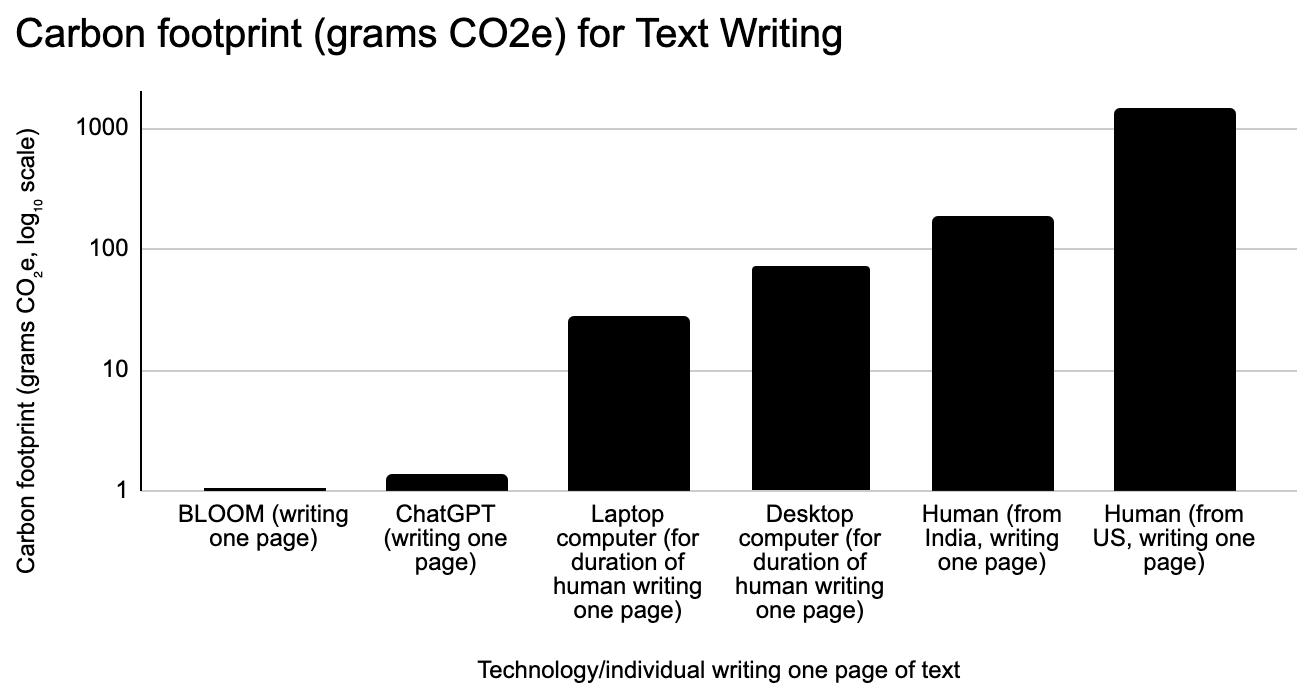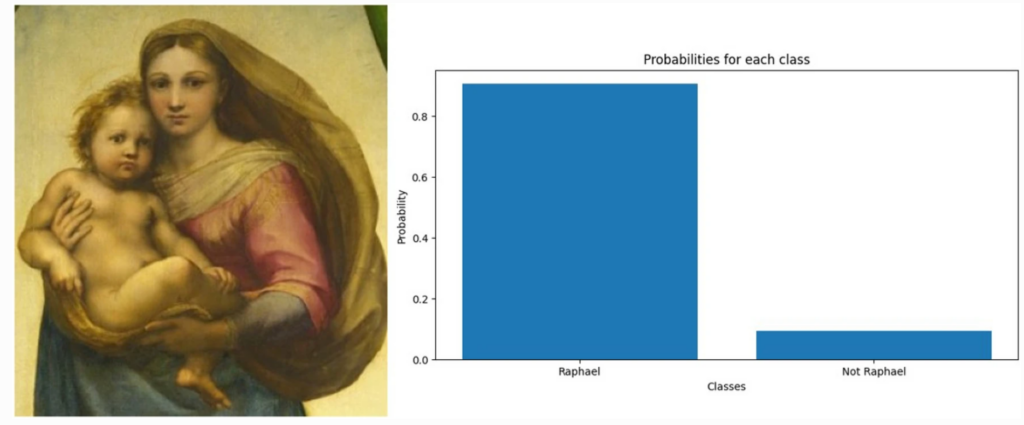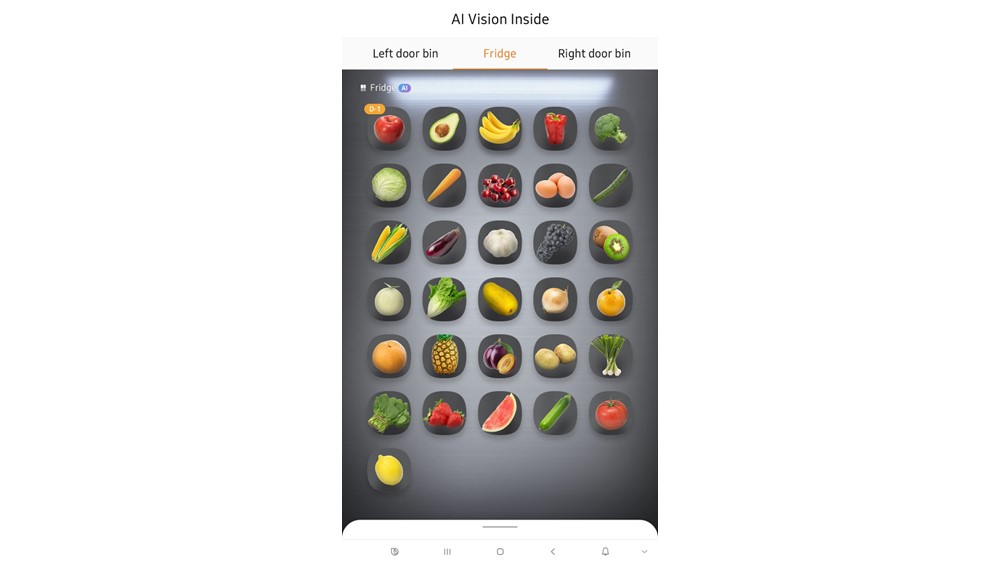The exponential adoption of AI technology has placed a huge demand on natural resources to fuel the computer data centers that power the tech. With global goals to halve carbon emissions AI may be both culprit and savior. A...
The exponential adoption of AI technology has placed a huge demand on natural resources to fuel the computer data centers that power the tech. With global goals to halve carbon emissions AI may be both culprit and savior.
A report by MIT Sloan Management Review says that if current trends continue the AI industry could soon be one of the largest contributors to carbon emissions.
Training AI models calls for massive amounts of computing power. This demand has mostly focused headlines on the limited supply of processors like those from NVIDIA. But other finite resources like water and electricity are also under strain.
The report stated that a “single average data center consumes the equivalent of heating 50,000 homes yearly.”
It estimated that training OpenAI’s GPT-3 model “generated 552 tons in carbon emissions,” which is the equivalent of the yearly emissions of 120 U.S. cars. The carbon emissions related to the training of GPT-4 are rumored to be 10 times larger than that.
Besides training, the process of inference is also a big contributor to carbon emissions.
A single #ChatGPT query can generate 100 times more carbon than a regular Google search.
 https://t.co/LdwloGfamH pic.twitter.com/sXq3KXb8BU
https://t.co/LdwloGfamH pic.twitter.com/sXq3KXb8BU
— MIT Sloan Management Review (@mitsmr) December 31, 2023
While acknowledging the resource-hungry nature of AI, the report also said that “AI is also proving to be a vital tool in promoting sustainability and addressing climate change.”
This statement aligns with an interesting paper authored by researchers from the University of California, Irvine, MIT, the University of Kansas School of Law, and others.
AI is greener than you
The research paper was titled: “The Carbon Emissions of Writing and Illustrating Are Lower for AI than for Humans.” The researchers took the average carbon emissions of a human writer or illustrator and compared these to the emissions from AI models performing the same tasks.
The comparison is challenging because human carbon emissions vary globally. The emission footprint of a US resident is around 15 tons of CO2 per year while the per capita output of a resident in India is around 1.9 tons.
The researchers estimated that a human writer writes around 300 words per hour. They combined this with the energy usage of the computer a human would use to write the text and calculated a figure for the carbon emissions a human writer generates when writing a page of text.
When they compared these emissions to that of AI models BLOOM and ChatGPT (GPT-3) they found that the AI models were 1,500 and 1,100 times less impactful than a US resident per page of text produced.
 AI vs Human carbon emissions when writing a page of text. Source: arXiv
AI vs Human carbon emissions when writing a page of text. Source: arXiv
They did a similar comparison evaluating the emissions related to creating an image. Using an estimation of 3.2 hours of human effort to create an illustration, they found that DALL-E 2 and Midjourney emit approximately 2,500 and 2,900 times less CO2 than a US resident illustrator.
 AI vs Human carbon emissions when creating an image. Source: arXiv
AI vs Human carbon emissions when creating an image. Source: arXiv
This study was done a few months ago, which in the age of AI feels like the equivalent of a generation. The speed, efficiency, and quality of what Midjourney V6, DALLE-3, and GPT-4 can produce today would no doubt see these results amplified.
The admittedly oversimplified conclusion we can come to then is that using AI to perform tasks may be a lot better for the environment than having humans do them.
The strain AI places on natural resources needs to be managed better and the MIT Sloan Management Review report highlights some innovative ways that AI companies are doing this.
As AI models become more powerful and efficient it seems that they are likely to solve a lot more environmental problems than they cause.
The post AI has lower carbon emissions than human writers and artists appeared first on DailyAI.















